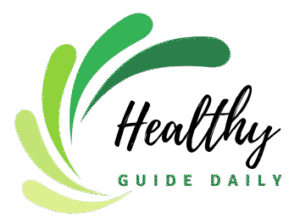The relentless grind of non-stop work might be sabotaging your productivity rather than enhancing it.
Story Snapshot
- Research reveals that strategic breaks throughout the workday significantly enhance focus, creativity, and overall productivity across multiple industries
- Micro-breaks lasting just minutes can reduce fatigue and maintain vigor, while poorly chosen breaks involving screens may actually decrease efficiency
- Companies implementing structured break policies report increased employee productivity, improved well-being, and reduced turnover rates
- The type of break matters: physical activity and mental stimulation during rest periods yield better results than passive screen time
The Counterintuitive Truth About Workplace Efficiency
Walk into most offices and you’ll find people hunched over keyboards for hours, convinced that pushing through exhaustion demonstrates dedication. This cultural expectation of constant availability has created workplaces where taking a break feels like shirking responsibility. Yet recent findings from the European Journal of Work and Organizational Psychology reveal that this approach fundamentally misunderstands how the human brain operates. The cognitive resources required for sustained focus are finite, and depleting them leads to diminishing returns that no amount of willpower can overcome.
Watch: How To Take Breaks That Keep You 98% Productive – YouTube
Understanding Different Types of Breaks
Not all breaks deliver equal benefits, and this distinction matters more than most realize. Paul Green’s research at the University of Texas emphasizes maintaining cognitive engagement during rest periods rather than switching to mindless scrolling or passive activities. Physical movement, brief social interactions, or mentally stimulating activities that differ from work tasks prove most effective. Conversely, breaks spent staring at different screens often fail to provide the cognitive reset necessary for renewed focus and may even decrease subsequent productivity by maintaining the same type of mental demand.
The Science Behind Mental Recovery
The mechanism explaining why breaks enhance productivity centers on attentional resources and stress reduction. Sustained concentration depletes glucose and oxygen in the prefrontal cortex, the brain region responsible for executive function, decision-making, and self-control. Brief periods of rest allow blood flow to normalize and metabolic waste products to clear, essentially rebooting the cognitive systems required for high-quality work. This biological reality cannot be overridden through determination or caffeine, making breaks a practical necessity rather than an optional luxury.
Implementing Effective Break Strategies
Translating research into practice requires intentionality about when and how to take breaks. The most effective approach involves scheduling rest periods before fatigue sets in rather than waiting until concentration collapses. This proactive strategy maintains consistent performance throughout the day instead of oscillating between periods of frantic activity and complete depletion. HR departments increasingly recognize this reality, with forward-thinking organizations building break policies into workplace culture rather than treating rest as something employees must justify or hide.
Sources:
Worried About Productivity? Studies Suggest Taking More Breaks – BioSpace
Breaking Good: Focused Work Breaks Boost Productivity – McCombs School of Business
The Benefits of Micro-breaks for Well-being and Performance – PMC
How to Take Better Breaks at Work, According to Research – Harvard Business Review
Research-Tested Benefits of Breaks – Edutopia
Work Breaks and Well-being – PMC
The Science and Wellness Benefits of Microbreaks – Focused Solutions
The Science Behind Taking Breaks – Gmelius







